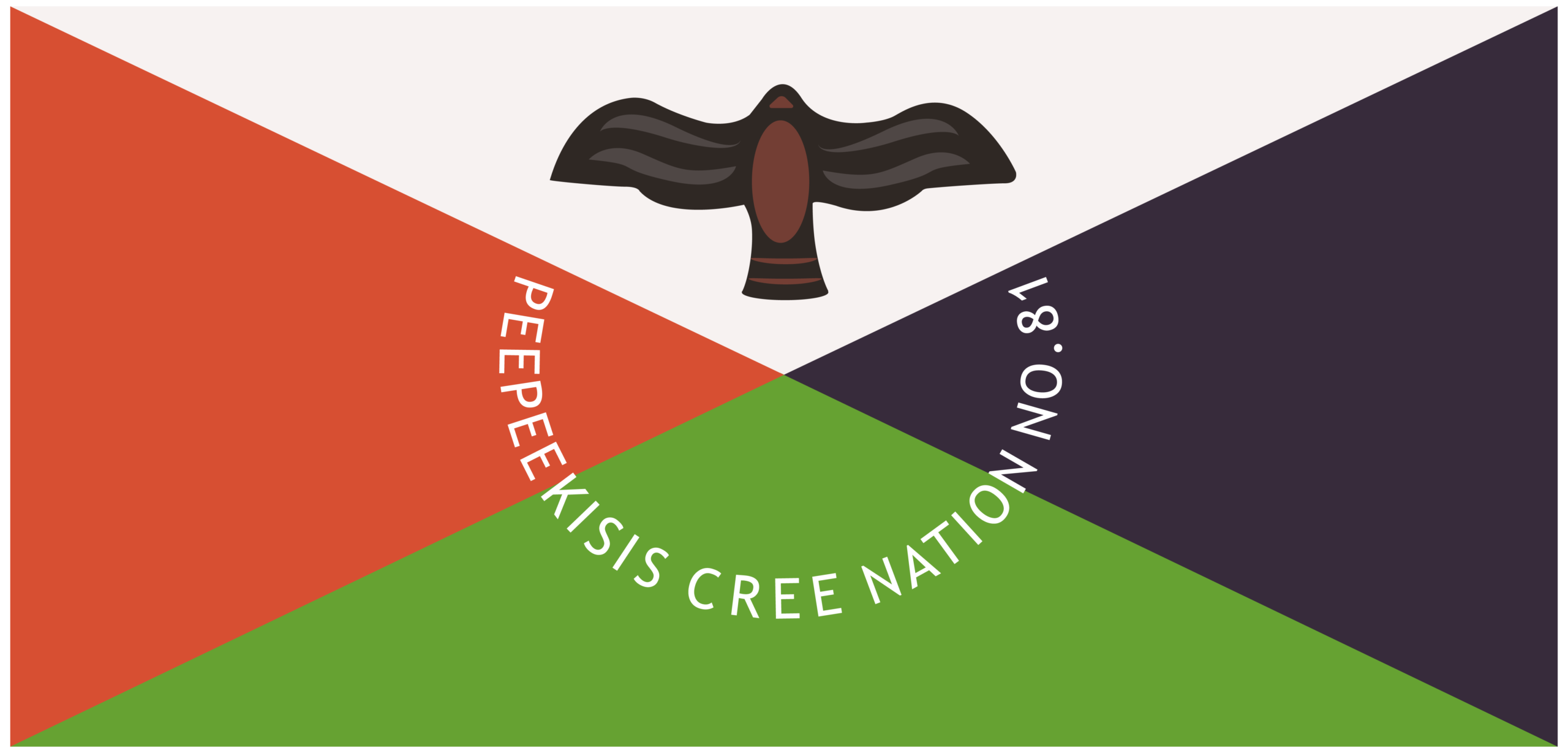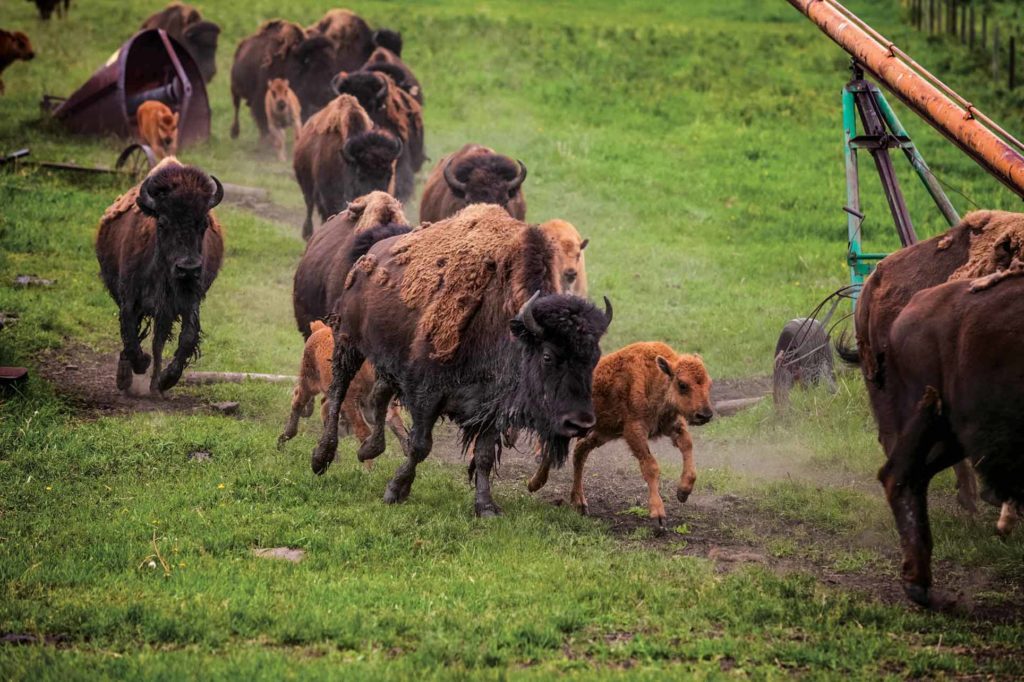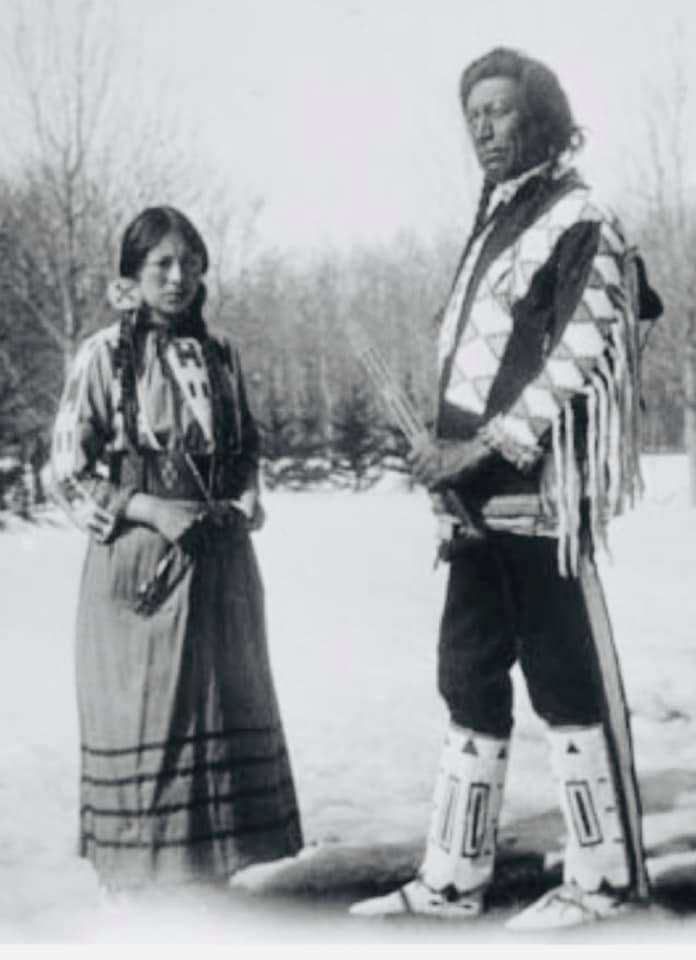
Peepeekisis Cree Nation
About Peepeekisis
The Peepeekisis Nation, located in the Qu’Appelle Valley in southern Saskatchewan, has a complex history. It was the site of the radical social experiment, the “File Hills Colony”, which had far-ranging impacts still evident today.
Unique to other reserves in Canada, in 1896 Peepeekisis was chosen as the location of a controversial experiment aimed at creating an agrarian First Nation and assimilating Aboriginals into the colonial farming lifestyle. Local Indian Agent William Morris Graham arrived when the band was without a leader, and during this unstable time, he began plans to establish the File Hills Colony. The Colony was meant to encourage pupils who graduated from residential school to abandon traditional ways of life and permanently adopt a non-Aboriginal homesteading farmer lifestyle.
Worries that graduates from boarding schools were returning to their reserves and reintegrating with their original cultures and traditions drove the creation of the project. The plan was that the program would take land from original Peepeekisis band members and deliver it (and financial assistance) to graduates from others bands. Original band members would be displaced from their homes and deprived of any use of their communal lands so the graduates could live and work there. New placements would be closely monitored to ensure they adhered to European cultural standards.


In 1902, 12 square miles were subdivided from Peepeekisis land and given to promising new graduates, as selected by Graham and school leaders. In 1906, a further 210 acres was portioned off and allotted to more graduates. This left under 8,000 acres for the original band members, who were now outnumbered by newcomers. Those placements who stayed were eventually granted full band membership.
Officially, File Hills Colony was touted as a model for other schools—a colonial showpiece. Tours for royalty and U.S. Government officials were given to display Canada’s ‘successful’ management of Aboriginal peoples.
Outwardly, the colony did seem to prosper for several years—by 1915 over 30 families were farming there. However, the reality was much darker. Rumours of abuse of power, excessive micromanagement, Graham’s total authority and suspicious gains in his personal wealth were rife. The social divide created by forcefully combining original band members with new placements also had long standing impacts. New placements had marriages arranged for them and lived under a strict set of rules. They were not permitted to have contact with those who adhered to traditional culture or to engage in cultural ceremonies. Social interaction between them was also closely monitored to prevent any “lapsing” into traditional ways. Additionally, they lost band membership on their home reserves. The loss of identity persists on both sides today.
In 1955, original band members took legal action. The judge ruled that more recent colony members could maintain full membership. In 1986, members submitted a specific claim to the Department of Indian Affairs and the Indian Claims Commission found Canada was in breach of its lawful obligations to the band. It was recommended that the claim be entered for negotiation under Canada’s Specific Claims Policy. In January 2020, Canada and Peepeekisis came to a settlement of 150 Million.

Contact Peepeekisis Cree Nation:
Band Office: 1-306-334-2573
Health Center: 1-306-334-2780
housing & infastructure building: 1-306-334-2587 (old Band office)
Administration Building
Peepeekisis Cree Nation
PO Box 518
Balcarres, SK S0G 0C0
Fax: 306-334-2280
Toll Free: 1-888-892-2292
Hours of Operation
AM: Monday to Friday 8:00 am to 12:00 pm
Closed for Lunch: 12:00 pm -1:00pm
Pm: 1:00 pm -4:30pm
